Last updated on November 19th, 2025 at 05:17 am
Insects and diseases on plants are a big problem for almost any part of the U.S. or in the world, and the Southwest U.S. region has its share of pests and diseases. Many folks have no idea why a plant looks magnificent one day and then almost withers away a few days later.
Observe Your Plants
It’s always best to consistently observe your plants. If you find pests, insects, spots, yellowing, or other substances that were not there a few days ago, this post is for you.
We have a few tips that will help you avoid common diseases and insects in plants.
Use neem oil or horticulture oil early in the season to prevent insect eggs and borer larvae from hatching. It works!
Common Diseases and Insects on Plants
Witches Broom Disease
This disease will usually attack Ash, Willow trees, Pines, Birch, Oleanders, Privets, and a wide range of other trees. The main cause is stressful conditions just like people who are stressed all the time will usually get sick the same goes for plants. What causes stressful conditions in plants? Not enough water, aeration, too much water, insect infestation, poor soil, and other conditions contribute to this stress.
Curing Witches Broom?
There is no real cure for this disease. However, you can remove the infected area by pruning out these clusters of small twigs. (See photo below.) Sometimes, removing the plant and replacing it with a new one might be your best course. Remember, always clean your pruning tools before moving on to your next pruning job!
Rust can also cause Witches’ broom which is a viral fungus. It is a good idea to use a good fungus spray to help with this disease. Always spray after you have completed pruning.
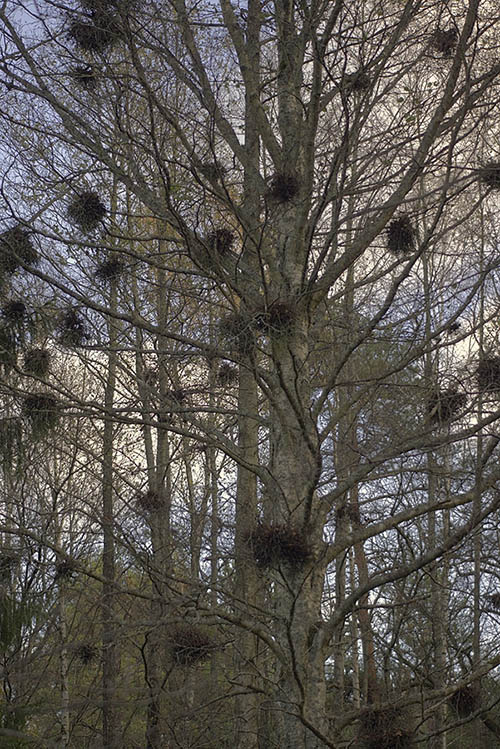

Borer Damage on a tree trunk
Borers are a real pain in the neck for all gardeners. Borers come from the larval stages of beetles and moths. The most common in the U.S. is the Emerald Ash Borer. They lay their larvae eggs on the tree, which turns into a worm that digs a hole into your tree.
This female borer lays its eggs between the bark and crevices of the tree. Eventually, these larvae become worms and start to eat away at your tree. Thus, producing medium to large holes in the trunk or lower large limbs of trees. (see photo below).
For all ornamental-type trees use a good systemic borer control. This works by applying the Borer control mixed with water on the ground. The root system will take in the mixture thus killing any type of borer or insect that lives in your tree trunk, foliage, or insects sucking on tree stems.
Go organic with Beneficial Nematodes
What are beneficial nematodes? Nematodes are small beneficial organisms that eat away at borers and insect larvae. You can inject this substance directly into each hole to kill them. It can also be applied by spraying beneficial Nematodes on the ground. It is best to use nematodes in the early spring and mid-fall.
Snail Damage Control
Snails are a big problem for gardeners who keep a well-maintained garden. Snails love cool, wet, well-composted soil. They thrive in it. They eat the tender foliage of most herbs, vegetables, and other edible plants. Slugs are snails without their hard shells. Snail bait works well to kill these slimy creatures.
Go organic and place copper tape around your plants. Yes, they do work but not as well as Sluggo. And as icky as it sounds you could just pick them out by hand! Snails and slugs are active in the early morning or late in the evening, that is the best time to find them and pick them out!
Snails love beer. Place a pan with about a cup of beer near your plants and the snails will dive in drink the beer and drown! The cup needs to be tin or steel type and only pour beer about 1/3 of the cup. Place the can on the ground as close as possible to the plants. Place 2-3 of them for better results.
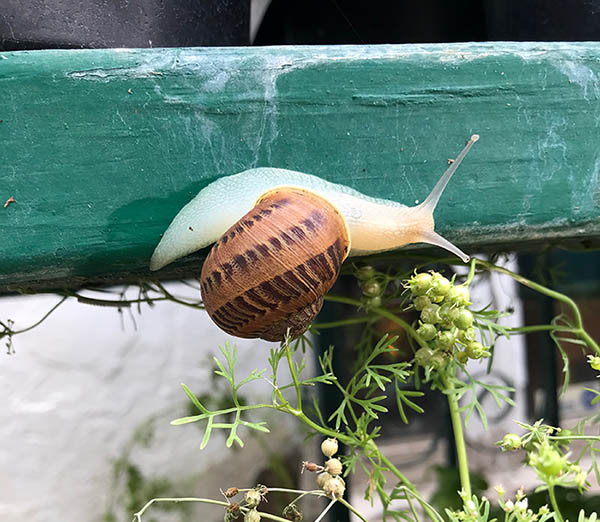
Spittlebugs
These insects are nymphs that come from an insect called the froghopper. They suck out the fluid on plants. They love rosemary, roses, clover, herbs, ferns, and vegetable plants. They produce a frothy white-looking substance that looks like well…spit, thus its name. Use Neem oil or insecticide to kill these nymph-like insects.

Aphids
A photo of aphids on a rosebud and stems (see image below). These insects are very small bugs about 1/8 inch long. They are green, red, black, or brown. They usually attack new growth in the masses. Their reproduction cycle is fast and will secrete a clear sticky substance on your plants and trees—the yellow aphids attack only Oleanders. The green type will attack the new shoots of roses and other early spring plants. Use an insecticide at the first sign to kill these insects.
Use Neem oil for a more organic substitute. Spray horticulture oil early in the spring season to suffocate aphid eggs.
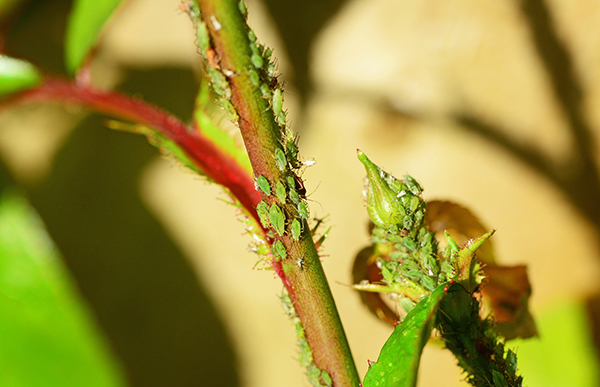
Grubs
White grubs (shown below) come from June and Japanese beetle larvae. They feed on the root system of many plants including roses and lawns. These worms are embedded in the soil so spraying with insect control will not do the trick. But there are Grub sprays that will work. Grubs will turn into adult beetles and come out from the soil to mate, eat, and lay eggs, then these eggs will hatch into more grubs. It’s best to use systemic grub control this typically comes in a granular form. There is also spray grub control. Ask for it at your local Nursery.
A good organic substitute is beneficial for nematodes. These nematodes are tiny, microscopic bugs that eat away at the insides of grubs and other invasive bugs. Ask for it at your local nursery.
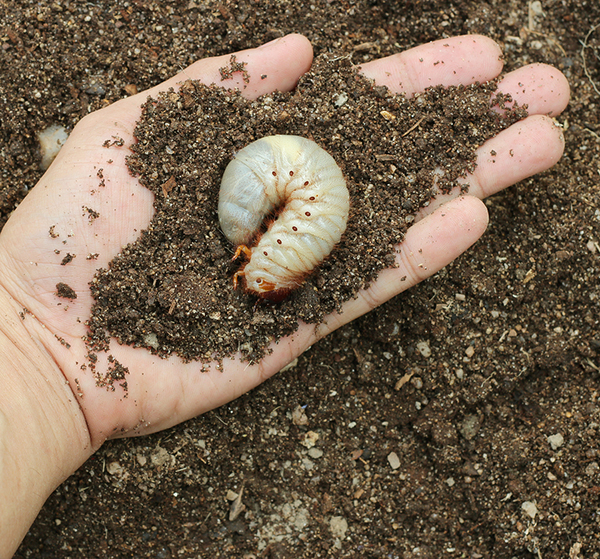
 Spider Mites
Spider Mites
Spider mites thrive in hot dry conditions. In the southwest, mites are a big problem. They are small almost naked to the eye insects. Pines, arborvitae, cypress, junipers, and other conifers are susceptible to these pests. But they will also attack other plants like roses, euonymus, fruit trees, and even vegetable plants.
Spider mite damage on Italian Cypress. Photo Below.
Spider mite damage on Mock Orange
Fire Blight
Erwinia amylovora bacterium is a bacterial disease that affects many types of plants. Roses, apple trees, pears trees fruiting and ornamental, pyracantha, cotoneaster, and photinia. The foliage of infected plants looks similar to sun scorch and too much water. Red, mixed with black color on the tips of leaves usually indicates fire blight. It is usually spread by pruning tools, too much water, bees, and insects hopping from one plant to another.
Fire blight is a fungal virus. Spraying with a fungicide will alleviate the problem but it will take 3-4 applications before it works. Trimming off the infected limbs and leaves will also help. Always clean your pruning tools with alcohol, soapy water, or about a tablespoon of Clorox mixed with about 1 ga. of water. Trimming down your plant about 6 inches from the infected area is advisable.
The heavy lush growth from other plants nearby makes your plants susceptible to infection. Do not overwater your plants and avoid sprinkler watering from the top this makes for ideal conditions for fire blight.

Slime Flux disease
It is wet wood bacteria. It usually affects trees and plants that are fast-growing. Willow trees, Mulberry and cottonwoods are susceptible. It oozes out a slimy clear color that will eventually turn white. There is no known remedy for this disease. However, there are things you can do to slow or keep it from getting worse.
Wash off the slime by using a strong stream of water. Make sure the overspray does not fall on other nearby trees or plants. Use about a tablespoon of Clorox mixed with 1 ga. of water. Mix both in a spray bottle container and spray the infected area. Be sure to cover the ground with plastic to keep it from infecting your lawn or other plants below the tree.
Extra watering and tree fertilizer will help keep the bacteria at bay. Read more about Sime Flux Disease at Wikipedia.


Mealybugs and White Scale
The photo below shows a large white cottony scale and mealy bugs. These insects suck the juice on roses and other plant stems. They will feed on foliage, stems, fruit, and even exposed roots.
First, mealybugs (cochineal bugs) are soft-body insects that have a white waxy filament that resembles soft cotton. If not treated quickly they will devour your plant. They are also very prevalent in cactus, agave, and other desert-type plants.
Use a good systemic insecticide to remove it. Also, a spray insecticide will work however it will take several applications to kill these pests.
Sometimes your best course is to trim out a heavily infested area, place it in a plastic bag, and place it in an outdoor trash bin. Smaller plants that are completely covered should be trashed before they infect other nearby plants.


Leafcutter Bee Damage
Leafcutter Bees will not eat the foliage what it does is cut and take the leaf cuttings and make a nest out of the cut leaves. Thus, its name. The best thing to do is to apply insect repellent to keep them from cutting into your leaf. Garlic Barrier can be purchased at retail gardening stores. It repels bees and other insects from entering the area. Leafcutter bees will devour a bush in no time at all.
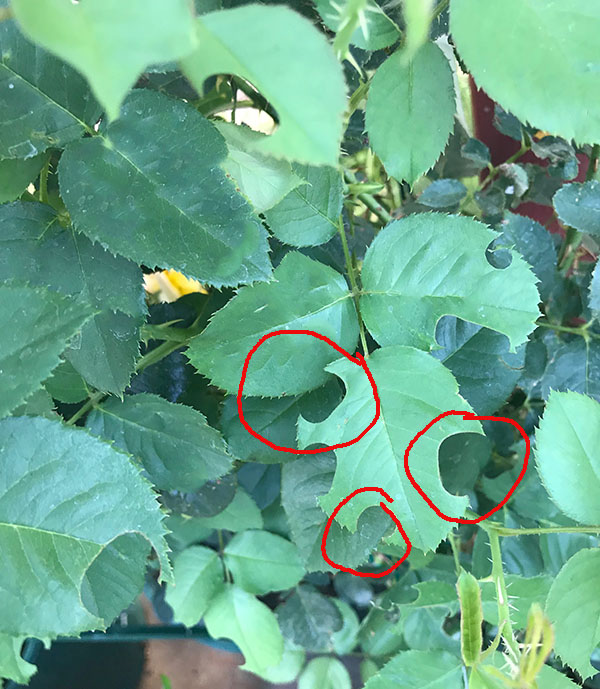
Powdery Mildew
Powdery Mildew on a Euonymus Plant. This is a fungal disease and attacks many types of plant species. The disease is a spore and is usually caused by high humidity and overwatering. White powdery spots will appear on foliage and will get larger if not treated ASAP. Use a good fungicide to remove this fungus. It will take several applications before the symptoms are eliminated.
Coreidae bugs or Squash bugs
The names of these pests range from one region to another. The most common is the squash bug and it has a brown body, which is long and slender, and produces a nauseous odor when stepped on or “squashed”. Spraying with a good insecticide will kill them quickly. Malathion, diazinon, and carbaryl (Sevin) are good insecticides. You can also spray with horticultural oil in early spring to keep the bug eggs from hatching. Go organic and use Diatomaceous earth. This product kills mainly hard-shelled insects from ants to bed bugs. Ask for it at your local nursery.
Privet Mites
Privet mites will typically only infect Privet evergreens. These mites are small and hard to notice on most evergreen plants. They thrive in dry hot conditions and are so small they are hard to see. They are similar to spider mites but they will not produce webbing. Spray with a good insecticide to kill these pests. You can go organic and spray with neem oil but it will take more applications as opposed to insecticides.
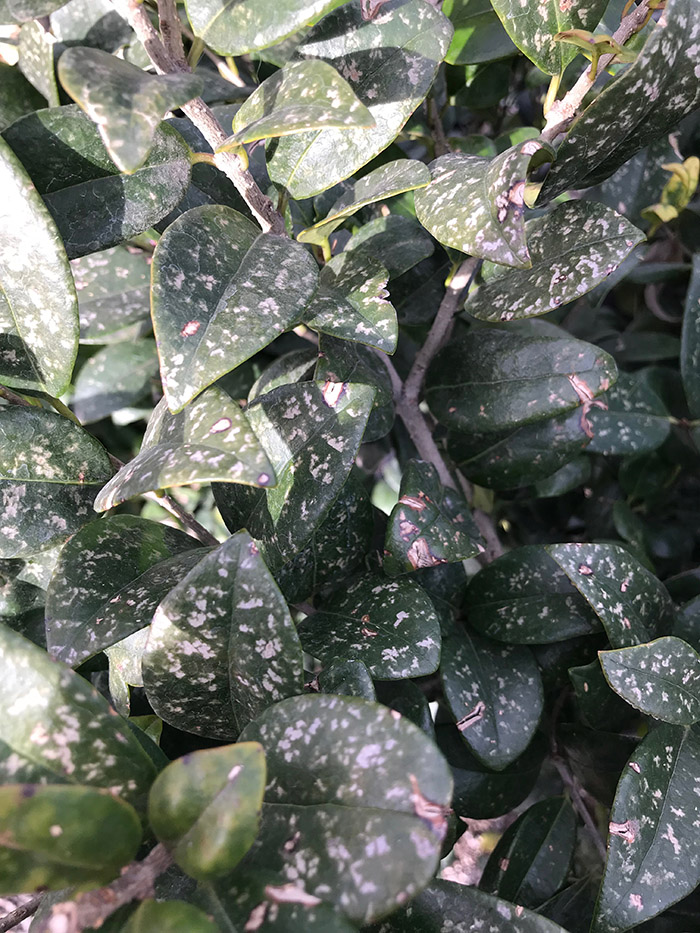
Insects and Diseases on Plants
There is a multitude of other insects and diseases that can prevail in your area. You can always fill out the form here and describe your problem to the best of your ability. Also please take a good close-up photo of your infected plant and or tree and we will do our best to Diagnose plant problems.
Insects and Diseases on Plants
Conclusion
Protecting your plants from insects and diseases doesn’t have to feel overwhelming. Recognizing the early signs and using preventative measures can save both time and frustration. Whether it’s focusing on healthy soil or choosing pest-resistant varieties, small steps make a big difference. Take a moment to assess your garden today—what changes could you start with? Healthy plants are the foundation of a thriving garden.

Greenhouse Manager, Master Gardener, and Webmaster.
If you have any questions or enjoyed this post, feel free to share your thoughts in the comments below.


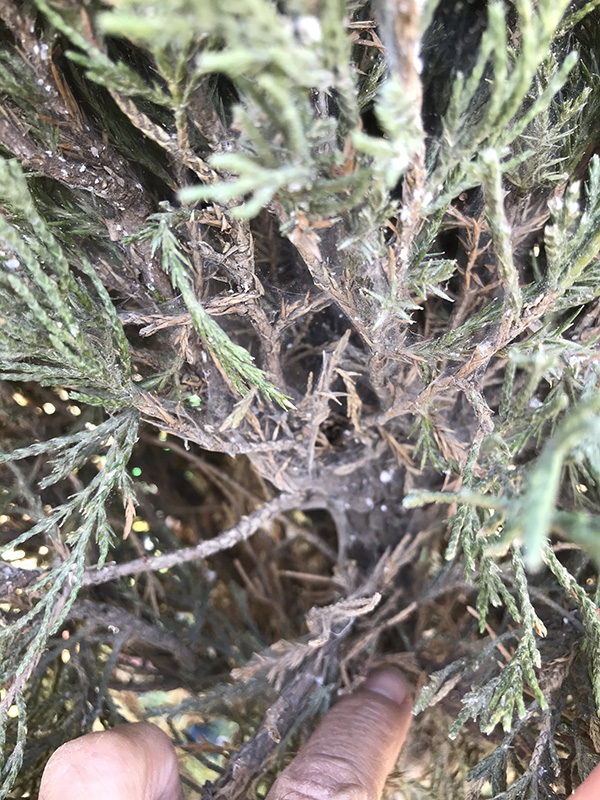

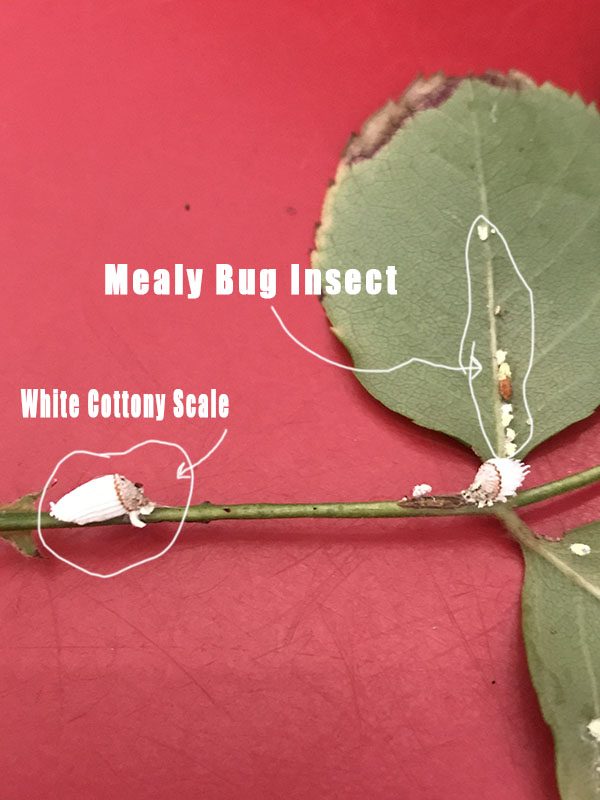
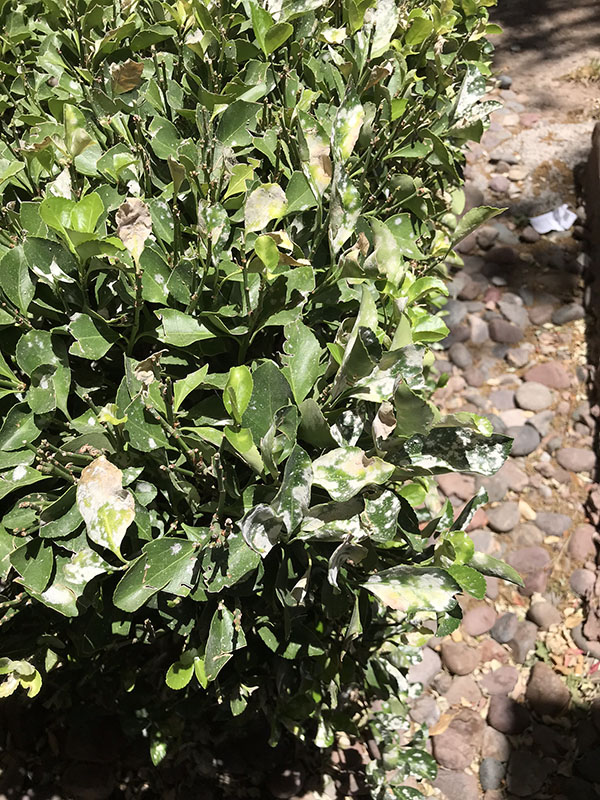



what to buy some fruit tree cherry,,,,apple…..and other fruit tree can I plant them in a planter
thank you
Hello, Josie. You can plant fruit trees in a large planter. However, they will tend to produce smaller fruit and a smaller crop. There is a little more maintenance and care when they are in a container as opposed to having them on the ground.
thank you so much
Your Welcomed Josie. We strive to give our subscribers and visitors the best possible gardening advice possible.